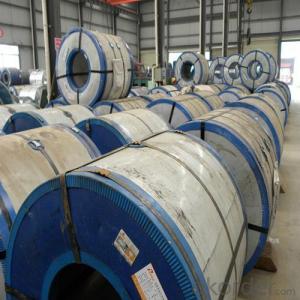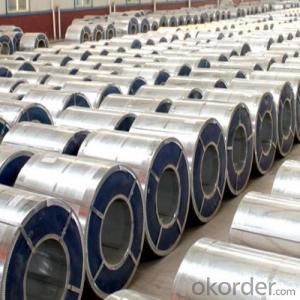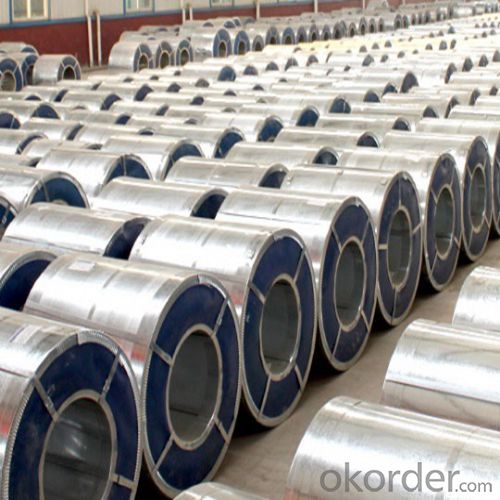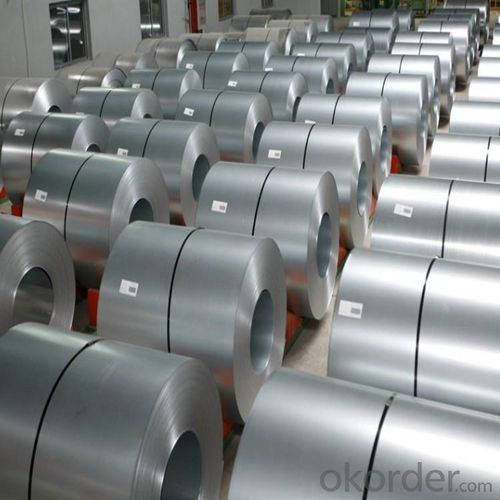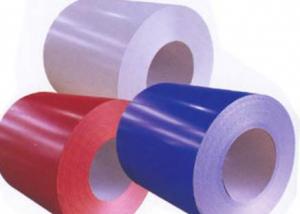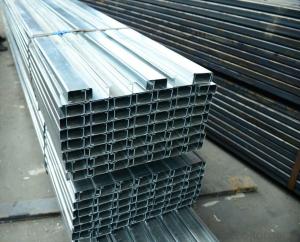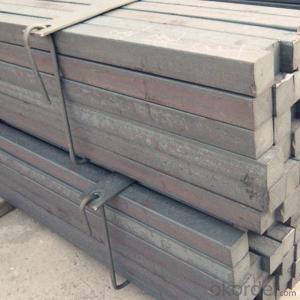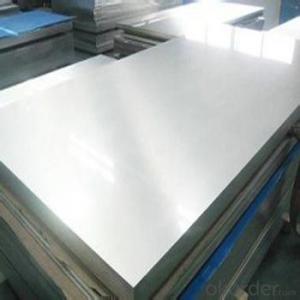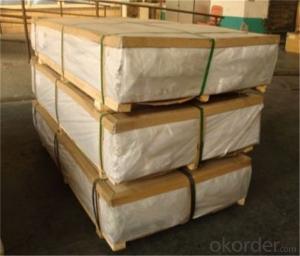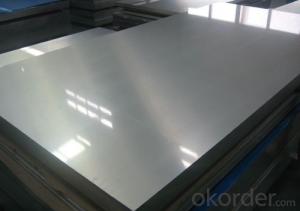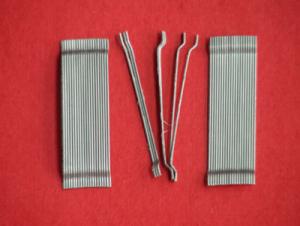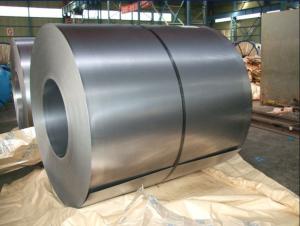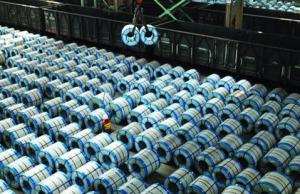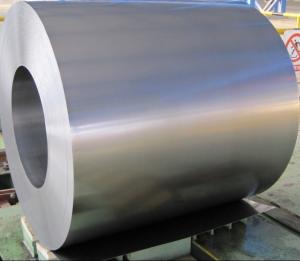Coated Aluminium Sheet Coated Aluminium Sheet AA6061 5054
- Loading Port:
- Tianjin
- Payment Terms:
- TT or LC
- Min Order Qty:
- 100 m.t.
- Supply Capability:
- 30000 m.t./month
OKorder Service Pledge
OKorder Financial Service
You Might Also Like
Product Description:
OKorder is offering Coated Aluminium Sheet Coated Aluminium Sheet AA6061 5054 at great prices with worldwide shipping. Our supplier is a world-class manufacturer of steel, with our products utilized the world over. OKorder annually supplies products to European, North American and Asian markets. We provide quotations within 24 hours of receiving an inquiry and guarantee competitive prices.
Product Applications:
Coated Aluminium Sheet Coated Aluminium Sheet AA6061 5054 are ideal for structural applications and are widely used in the construction of buildings and bridges, and the manufacturing, petrochemical, and transportation industries.
Product Advantages:
OKorder'sCoated Aluminium Sheet Coated Aluminium Sheet AA6061 5054 are durable, strong, and resist corrosion.
Main Product Features:
· Premium quality
· Prompt delivery & seaworthy packing (30 days after receiving deposit)
· Corrosion resistance
· Can be recycled and reused
· Mill test certification
· Professional Service
· Competitive pricing
Product Specifications:
Aluminum sheet / plate
1) Alloy: 1050. 1060, 1100, 1070, 1200, 3003 5052 5754 5083 5086 6061 6061 7075
2) Temper: soft, 1/4 hard, 1/2 hard, hard, H12, H14
3) Thickness: 0.2mm to 300mm
4) Width: 100mm to 2300mm, Length: up to 2300mm,
5) Main application: Tray, Road traffic signs, Car license, Automotive body, Wall decoration,
Auto radiator, Food container, Aluminum ceiling, Battery shell, LED Lighting, Kitchen rinse bath,
lamp shade , heat exchanger, nameplate, Power transformer, pallet etc.
CHEMICAL COMPOSITION
Alloy | Si | Fe | Cu | Mn | Mg | Cr | Ni | Zn | Ti | Al |
1060 | 0.25 | 0.4 | 0.05 | 0.05 | 0.05 | 0.05 | 0.03 | 99.6 | ||
1050 | 0.25 | 0.4 | 0.05 | 0.05 | 0.05 | 0.05 | 0.03 | 99.5 | ||
1100 | 0.95 | 0.05-0.2 | 0.05 | 0.1 | 99.0 | |||||
1200 | 1.0 | 0.05 | 0.05 | 0.1 | 0.05 | 99.0 | ||||
3003 | 0.6 | 0.7 | 0.05-0.2 | 1.0-1.5 | 0.1 | remainder | ||||
Product Information
Aluminum sheet is usually according to the following two points:
1. According to the alloy composition is divided into:
High purity aluminum plate rolling (by the content above 99.9 high purity aluminum)
Pure aluminum plate (ingredients made from pure aluminum rolling)
Alloy aluminum plate (composed of aluminum alloy and auxiliary, usually with aluminum and copper, aluminum and manganese, aluminum and silicon, aluminum magnesium, etc)
Composite aluminum plate or brazing plate (through a variety of means of material compound special use aluminum material)
Outside package aluminum (aluminum coated aluminum sheet used for special purposes)
2. According to the thickness is divided into: (mm)
Sheet (aluminum sheet) 0.15 to 2.0
Conventional plate (aluminum sheet) 2.0 to 6.0
Medium plate (aluminum plate), 6.0 to 25.0
Plate (aluminum plate) 25-200
Super thick plate more than 200
FAQ:
Q1: Why buy Materials & Equipment from OKorder.com?
A1: All products offered byOKorder.com are carefully selected from China's most reliable manufacturing enterprises. Through its ISO certifications, OKorder.com adheres to the highest standards and a commitment to supply chain safety and customer satisfaction.
Q2: How do we guarantee the quality of our products?
A2: We have established an advanced quality management system which conducts strict quality tests at every step, from raw materials to the final product. At the same time, we provide extensive follow-up service assurances as required.
Q3: How soon can we receive the product after purchase?
A3: Within three days of placing an order, we will begin production. The specific shipping date is dependent upon international and government factors, but is typically 7 to 10 workdays.
Q4: What makes stainless steel stainless?
A4: Stainless steel must contain at least 10.5 % chromium. It is this element that reacts with the oxygen in the air to form a complex chrome-oxide surface layer that is invisible but strong enough to prevent further oxygen from "staining" (rusting) the surface. Higher levels of chromium and the addition of other alloying elements such as nickel and molybdenum enhance this surface layer and improve the corrosion resistance of the stainless material.
Q5: Can stainless steel rust?
A5: Stainless does not "rust" as you think of regular steel rusting with a red oxide on the surface that flakes off. If you see red rust it is probably due to some iron particles that have contaminated the surface of the stainless steel and it is these iron particles that are rusting. Look at the source of the rusting and see if you can remove it from the surface.
Images:
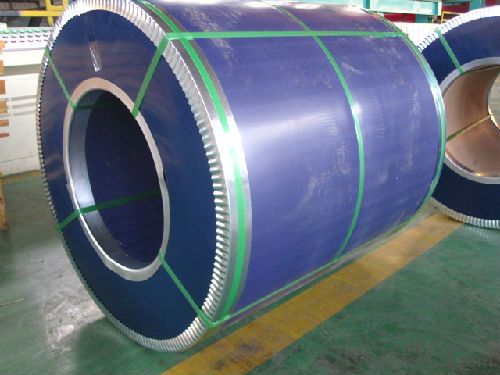
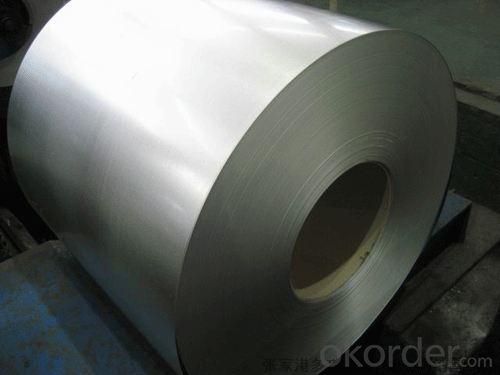
- Q: How is steel pipe threaded for plumbing applications?
- Steel pipe is threaded for plumbing applications by using a pipe threading machine or a manual pipe threader. The process involves cutting threads onto the ends of the steel pipe using a die. This allows the pipes to be easily connected and secured with pipe fittings for various plumbing installations.
- Q: What are the benefits of using steel in construction?
- There are several benefits of using steel in construction. Firstly, steel is incredibly strong and durable, making it a reliable choice for structural purposes. It has a high strength-to-weight ratio, allowing for lighter and more efficient designs. Additionally, steel is resistant to fire, corrosion, and pests, ensuring the longevity and safety of the structure. Another advantage is its versatility, as steel can be easily fabricated and customized to meet specific project requirements. Lastly, steel is sustainable and recyclable, reducing environmental impact and promoting a greener construction industry.
- Q: How are steel products used in the construction of theme-based resorts and hotels?
- Steel products are widely used in the construction of theme-based resorts and hotels due to their durability, strength, and versatility. They can be used in various structural elements such as beams, columns, and trusses, ensuring the stability and safety of the building. Additionally, steel is often utilized for designing iconic features and architectural elements, such as unique facades, grand entrances, and intricate detailing. Its ability to withstand extreme weather conditions and support heavy loads makes it an ideal choice for constructing large, expansive spaces within resorts and hotels. Overall, steel products play a crucial role in creating visually appealing and structurally sound theme-based resorts and hotels.
- Q: What are the different types of steel forgings and their applications in the construction of power transmission lines?
- There are several types of steel forgings commonly used in the construction of power transmission lines. One type is the anchor forging, which is used to securely anchor the transmission towers to the ground. Another type is the crossarm forging, which provides support for the power lines and insulators. Additionally, there are pole line hardware forgings that are used for attaching the power lines to the transmission towers. These forgings are crucial for ensuring the structural integrity and stability of the power transmission lines, allowing for the efficient and reliable distribution of electrical power.
- Q: What are the different types of steel products used in the manufacturing of medical equipment?
- There are various types of steel products used in the manufacturing of medical equipment, including stainless steel, carbon steel, and titanium alloys. Stainless steel is commonly used due to its corrosion resistance, durability, and ease of sterilization. Carbon steel is used for surgical instruments and implants that require high strength and hardness. Titanium alloys are utilized for implants due to their biocompatibility and lightweight nature.
- Q: How is steel rebar used in concrete construction?
- Steel rebar is used in concrete construction to provide reinforcement and strength to the concrete structures. It is typically placed within the concrete forms before pouring, forming a framework that helps to distribute the load and prevent cracking or failure. The rebar enhances the tensile strength of the concrete, allowing it to withstand greater forces and improve the overall durability and longevity of the structure.
- Q: What are the different types of steel plates and their applications?
- There are several different types of steel plates, each with its own unique properties and applications. Some common types include carbon steel plates, stainless steel plates, and alloy steel plates. Carbon steel plates are the most widely used and versatile type, suitable for various applications such as structural and construction projects, machinery parts, and general fabrication. Stainless steel plates are highly resistant to corrosion, making them ideal for applications in the food industry, chemical processing, and marine environments. They are also commonly used in the production of kitchen appliances and utensils. Alloy steel plates are made from a combination of different metals, providing enhanced strength, durability, and resistance to wear and tear. These plates are commonly used in industries such as aerospace, automotive, and oil and gas, where high strength and toughness are required. Overall, the choice of steel plate depends on the specific requirements of the application, such as strength, corrosion resistance, and environmental conditions.
- Q: How are steel forgings used in the production of power generation equipment?
- Steel forgings are used in the production of power generation equipment due to their exceptional strength, durability, and reliability. These forged components, such as turbine rotors, shafts, and casings, are able to withstand the extreme conditions and heavy loads associated with power generation. The forging process ensures a uniform grain structure, eliminating weak points and improving the overall performance and longevity of the equipment. Additionally, steel forgings can be customized to meet specific design requirements, allowing for efficient and safe power generation operations.
- Q: How is steel plate heat-treated for optimal strength?
- Steel plate is heat-treated for optimal strength through a process called quenching and tempering. In this process, the plate is heated to a high temperature, typically above its critical temperature, and then rapidly cooled, or quenched, in water or oil. This rapid cooling helps to harden the steel, making it stronger but also more brittle. To improve its toughness and ductility, the quenched steel is then reheated, or tempered, at a lower temperature. This tempering process helps to relieve internal stresses and allows the steel to regain some of its flexibility and resistance to cracking, resulting in a steel plate with optimal strength.
- Q: How do steel products contribute to the automotive racing industry?
- Steel products contribute to the automotive racing industry in various ways. Firstly, steel is used in the construction of race cars, providing the necessary strength and durability to withstand high speeds and potential impacts. Steel also helps maintain the structural integrity of the vehicle, ensuring safety for the driver. Additionally, steel is utilized in the manufacturing of various racing components, such as suspension systems, exhaust pipes, and engine parts, which contribute to enhanced performance and efficiency. Overall, steel products play a crucial role in the automotive racing industry by providing essential components and ensuring the safety and performance of race cars.
Send your message to us
Coated Aluminium Sheet Coated Aluminium Sheet AA6061 5054
- Loading Port:
- Tianjin
- Payment Terms:
- TT or LC
- Min Order Qty:
- 100 m.t.
- Supply Capability:
- 30000 m.t./month
OKorder Service Pledge
OKorder Financial Service
Similar products
Hot products
Hot Searches
Related keywords
